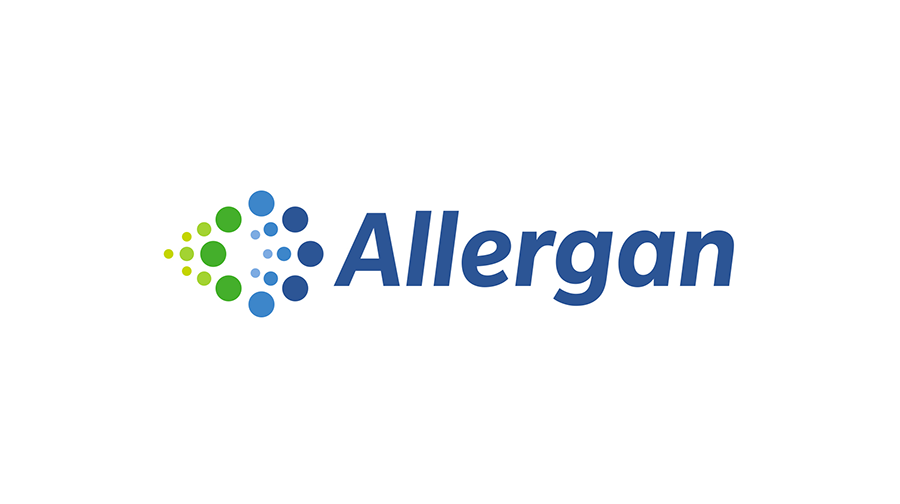Allergan ‘not looking for big deals’ as growth slows

Allergan saw its sales growth dip to 2% in the second quarter of 2016, thanks largely to the loss of exclusivity on its Alzheimer’s treatment Namenda IR.
But chief executive Brent Saunders says it isn’t in the market for any major mergers and acquisitions, despite having spent the last two years in a constant flux of deal-making.
Rumours have linked the company with a possible move for Biogen, which is said to be vulnerable to overtures as its chief executive departs.
But in the company’s Q2 conference call Saunders insisted that it had always pursued so-called “stepping stone” deals.
“We don’t need a big deal, and we’re not looking for big deals,” he said
In April the company was forced to pull out of a titantic $160 billion mega-merger with Pfizer, after the US Treasury closed the US loophole which encouraged so-called ‘tax inversions’.
Allergan argues that its current products, such as ‘cosmeceutical’ Botox and constipation treatment Linzess, and new launches such chin-fat treatment Kybella will help deliver the aggressive double digit growth that investors have come to expect. The company also has more than 65 development programmes in the mid-to-late stage across seven therapy areas such as eye care, GI and CNS.
Botox and Restasis earned $719.7 million and $390.6 million in the three month period respectively, with their year-over-year growth just offsetting a $38.2 million decline in Namenda revenues.
Nevertheless, the company adjusted its full year forecast down slightly from $15 billion to $14.75 billion and $15 billion.
That leads analysts to believe Allergan will put its huge cash reserves to good use. The company now has a $27.6 billion windfall from the $40 billion sale of its generics unit to Teva.
This leaves Allergan is once again focused on branded medicines, and will define its direction under its ‘growth pharma’ strategy.
This involves avoiding the risky business of investing in drug discovery, but Saunders stressed that it employs around 2,000 people in R&D, which he says uses an ‘open science’ model to pick the best ideas to develop and increase their commercial profile.
Among the late stage assets Saunders highlighted were Abicipar, a phase 3 macular degeneration drug which the company believes could be a ‘game changer’ by lowering the number of injections required, plus Rapastinel, a depression treatment recently given breakthrough status by the FDA.










